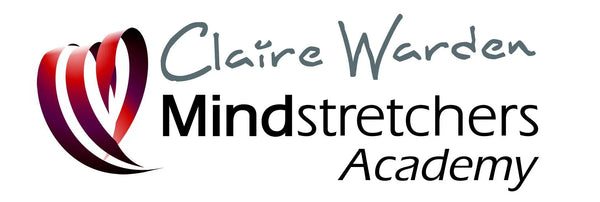
Child Led Planning - Starting Out With The Floorbook Approach
Claire Warden
One of the questions I'm asked a lot about the Floorbook Approach is "is there a set sequence?"
Like any methodology I would argue that you have to be responsive to what your children need on that particular day. But as a general rule, what you would tend to have is the first part of that cycle which is about noticing: it's about observing and seeing what children are doing and saying to you. So that becomes your starting point; it tells you where your journey is going to go.


Then what you do is you have your Talking Tub; your Talking Tub is there to guide the conversation. It's not going to dictate or show children how to do things: it is going to provocate dialogue. Through those conversations with that talking tub at group time, or just generally in the main play environment, you start to hear more in-depth reflections. Then what you do is you write down those reflections - they go into the Floorbook and we write down verbatim, what children are talking to us about. We photograph their enquiries - both in the general and in the epistemic play environment, but also within the child and adult conversations.

Then what you do is you have to analyse those voices because there will be so many. You analyse them to create the PLOD - the Possible Line of Direction or Development. In that, what you are saying is "we are going do this, or the activity", but you must always put on the PLOD why you're doing it. I'm going to do this because I'm going to learn this. I'm going to provide hammers and cloths in order to explore the place of chlorophyll in plants. By looking at the learning attached to the activity it means that we can get this much clearer connection for children.

When we've done that, it's all very nice and you might stop at that point. But if you are going to use a Floorbook for planning and for documentation of that planning, then what you need to do at the back of your Floorbook is to have a 2D mind map which is called the Learning Journey. As you write those PLODs and tick and date them to say that they've been done, what you then do is transfer that into the line of enquiry map (the learning journey map) at the back of the book. This lets you say "if you want any information on what we did about plant dyes, find it on page 31." It is almost like an index to your Floorbook.
For planning requirements in this country, Scotland, and in many other countries there is a curriculum. And the curriculum really is there to help people understand the breadth and balance of the experiences that children need to explore within a certain age frame. So what we do with ours is rather than cutting up that curriculum at the very beginning and "creating activities", we would say at the back of the Floorbook "these are all the outcomes" and then we tick them and page number/date them to say "we feel we have addressed this outcome through the experiences that are recorded in this Floorbook."
All of that process takes time. People say "well how long does a Floorbook last?" Well it could last 3 weeks and then what happens is the interest fades. But rather than stopping it, you let it sit for a while and return to it when the interest re-emerges. At this point, you go back to the original Floorbook, date the page to show the gap, then write and carry on the learning journey as it develops.
There is a lot of detail that comes into the Floorbook Approach, but as an overview I would hold onto that use of the Floorbook to provoke conversation. The writing down, the language and the communication of the child in whichever way they communicate with you. Always think back about "what are we learning here?" and "what are the things that I can really help children to explore and develop?" There is a progression in thinking, and that is what makes the difference between a Floorbook and a learning journal and a scrapbook.
Why not join our Floorbooks Facebook Group or learn more about using Floorbooks in your setting with the definitive Floorbooks online course or read Claire's book "Talking and Thinking Floorbooks".
